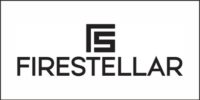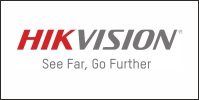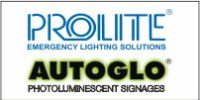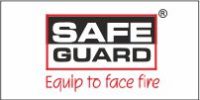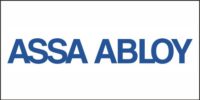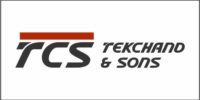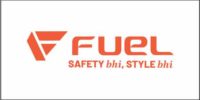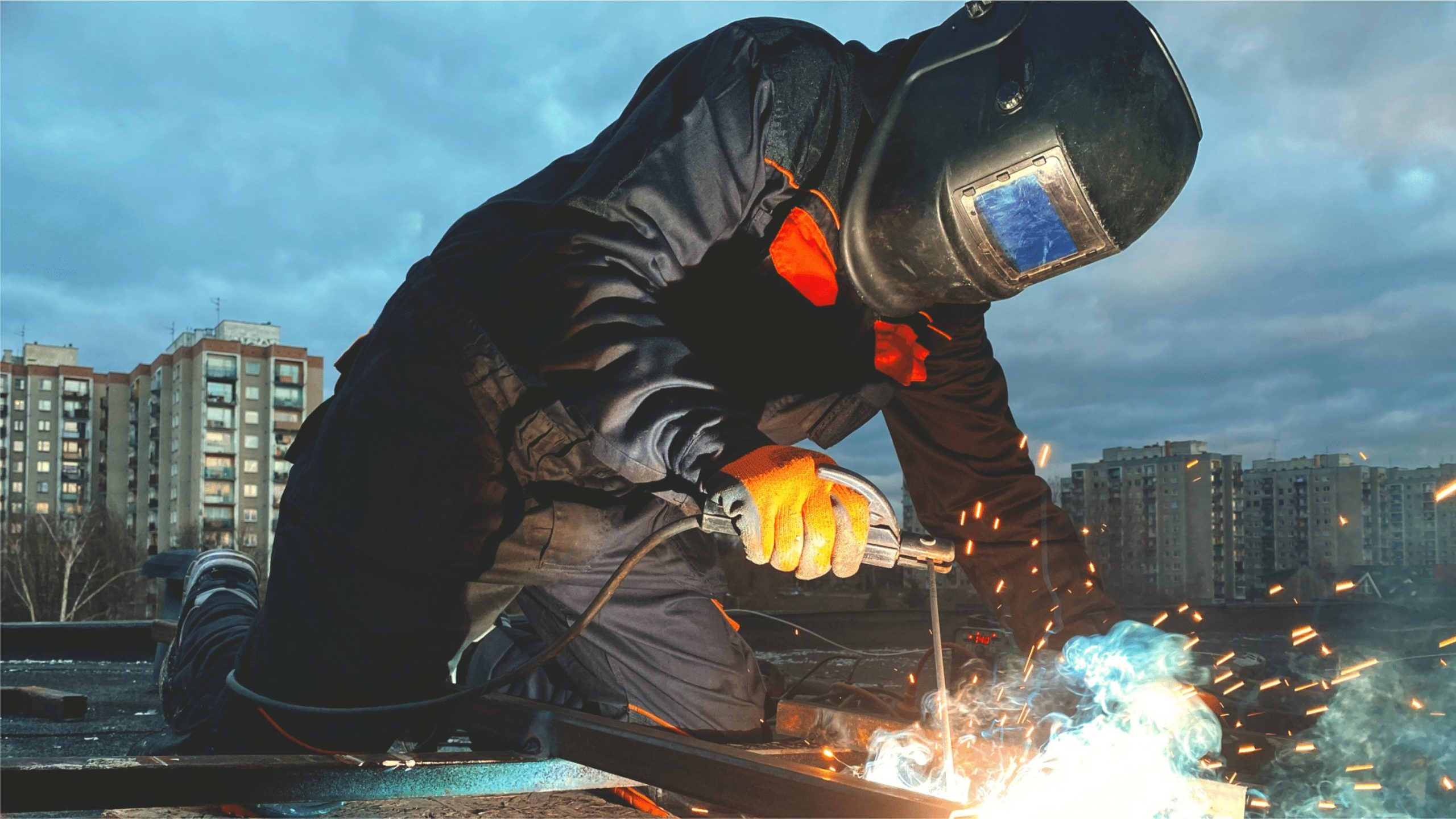 Hot work, which encompasses activities such as welding, gas cutting, grinding, and other operations that produce sparks, flames, or intense heat, is a critical aspect of many industrial processes. However, these activities are inherently hazardous, posing significant risks of fire, explosions, and severe injuries if not managed with stringent safety measures.
Hot work, which encompasses activities such as welding, gas cutting, grinding, and other operations that produce sparks, flames, or intense heat, is a critical aspect of many industrial processes. However, these activities are inherently hazardous, posing significant risks of fire, explosions, and severe injuries if not managed with stringent safety measures.
Understanding the technical aspects and implementing robust safety protocols are essential for mitigating these risks and ensuring safe operations.
- Hazard Identification and Risk Assessment
Before commencing any hot work, a thorough hazard identification and risk assessment should be conducted. This involves evaluating the work environment to identify potential ignition sources, flammable materials, and other hazards that could escalate into a fire or explosion. Key considerations include:
- Presence of Flammable Gases or Vapors: Gas cutting and welding can ignite flammable gases or vapors that may be present in confined spaces or areas with inadequate ventilation.
- Combustible Materials: Identify and remove or adequately shield any combustible materials, such as paper, wood, or fabric, within the hot work area.
- Structural Considerations: Be aware of nearby structural elements that may conduct heat or sparks, leading to hidden fires within walls or ceilings.
- Hot Work Permit System
A formal hot work permit system is essential for controlling and documenting the safety measures required for each hot work task. The permit process involves multiple checks, including:
- Verification of Hazard Controls: Ensure that all identified hazards are controlled, such as the removal of flammable materials and the presence of fire-retardant barriers or curtains.
- Fire Watch Assignment: Designate a trained fire watch individual equipped with appropriate fire-fighting equipment to monitor the hot work site continuously and respond immediately if a fire starts.
- Pre-Work Area Inspection: Inspect the work area thoroughly to confirm that all safety measures are in place, including proper ventilation to prevent the accumulation of hazardous fumes and gases.
- Engineering Controls and Safety Equipment
Engineering controls and safety equipment play a crucial role in mitigating the risks associated with hot work:
- Ventilation Systems: Use local exhaust ventilation to capture and remove fumes, gases, and smoke generated during welding and cutting, thereby maintaining air quality and reducing the risk of inhalation hazards.
- Fire-Resistant PPE: Workers should be equipped with fire-resistant personal protective equipment (PPE), including flame-resistant clothing, gloves, aprons, and helmets with proper filters to protect against UV and infrared radiation.
- Spark Containment: Employ spark containment measures, such as fire blankets or barriers, to prevent the spread of sparks and molten metal beyond the immediate work area.
- Training and Competency
Proper training is critical for all personnel involved in hot work activities. Training programs should cover:
- Hazard Recognition: Equip workers with the knowledge to identify potential hazards specific to hot work, such as combustible materials and confined space considerations.
- Safe Work Practices: Emphasize the importance of following established safety procedures, including the correct use of PPE, adherence to permit requirements, and emergency response protocols.
- Emergency Preparedness: Train workers in emergency response actions, including the use of fire extinguishers, evacuation procedures, and first aid for burn injuries.
- Post-Work Inspection and Monitoring
Once the hot work is completed, a post-work inspection is essential to verify that no residual hazards remain. This includes:
- Cool-Down Period: Maintain the fire watch for an appropriate cool-down period, typically at least 30 minutes, to monitor for any signs of smoldering or hidden fires.
- Inspection of Adjacent Areas: Check adjacent areas, including those above and below the work site, for any potential fire spread, particularly in locations where heat may have been conducted through materials.
 Hot work safety is paramount when conducting welding, gas cutting, and other similar activities that involve open flames, sparks, or high temperatures. These operations, while essential in many industries, pose significant fire and explosion hazards if not managed correctly. Ensuring a safe working environment during hot work requires strict adherence to safety protocols, proper training, and the use of appropriate protective equipment.
Hot work safety is paramount when conducting welding, gas cutting, and other similar activities that involve open flames, sparks, or high temperatures. These operations, while essential in many industries, pose significant fire and explosion hazards if not managed correctly. Ensuring a safe working environment during hot work requires strict adherence to safety protocols, proper training, and the use of appropriate protective equipment.
Welding and gas cutting processes generate intense heat, sparks, and molten material that can easily ignite combustible materials in the vicinity, leading to catastrophic fires. To mitigate these risks, it is crucial to implement robust safety measures, such as designating hot work zones, removing flammable materials, and continuously monitoring the area for potential hazards. Additionally, equipping workers with the right personal protective equipment (PPE), including fire-resistant clothing, gloves, helmets, and safety goggles, can significantly reduce the risk of injury.
A comprehensive hot work permit system is also essential, ensuring that all safety checks are performed before, during, and after hot work activities. This includes verifying that fire suppression equipment is readily available, such as fire extinguishers or hoses, and that a trained fire watch is present to monitor for signs of fire throughout the operation. Furthermore, workers must be trained to recognize the dangers associated with hot work and to follow established safety procedures meticulously.
By prioritizing hot work safety, companies can protect their workforce, prevent property damage, and maintain operational integrity. Remember, a proactive approach to hot work safety is not just a regulatory requirement—it’s a critical aspect of responsible operations that safeguards lives and assets.
Hot work safety is not merely a regulatory compliance issue—it is a critical operational imperative that requires a comprehensive approach to hazard identification, control measures, training, and continuous monitoring. By implementing a structured hot work safety program, organizations can significantly reduce the risks associated with welding, gas cutting, and other high-temperature operations, ensuring the safety of personnel, property, and the overall work environment. Prioritizing these safety protocols is essential for maintaining a culture of safety and operational excellence in all industrial settings.












